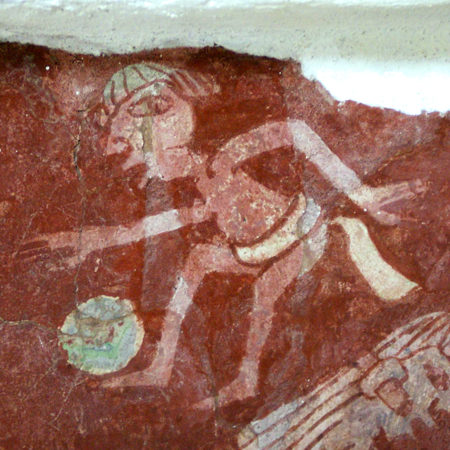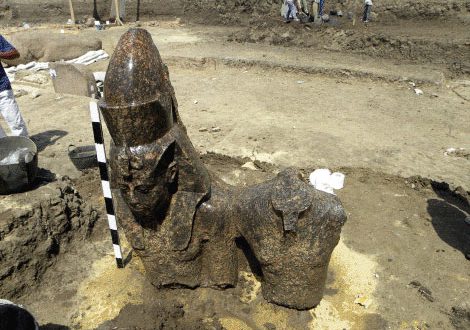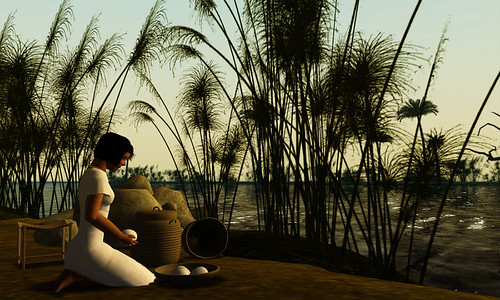
It might have taken Europeans until the 19th century to make rubber, but Mesoamericans were playing with bouncy balls back in 1,600 BC. And not only were pre-Columbians the world’s first polymer scientists, but new research suggests they fine-tuned their discovery for different uses.
According to Professor Dorothy Hosler and Michael Tarkanian of the Massachusetts Institute of Technology (MIT) cultures like the Mexica, Olmec and Maya perfected a chemical processing system to create rubber with varying qualities. Bouncy rubber was used for rubber balls, used during the legendary Mesoamerican ball-game (see more ancient sports), while axe-heads were fastened with a stronger mix. Charles Goodyear wouldn’t discover Vulcanisation until 1839, nearly 3,500 years later.
Hosler, Tarkanian and Sandra Burkett had already discovered in 1999 that latex sap from local trees and juice from morning-glory vines were mixed to make Mesoamerican rubber. But their latest work, comprising field trips, lab experiments, studies of artefacts and descriptions from early explorers, shows that Mesoamericans had the raw materials and basic knowledge to produce different mixes.
The vine juice contains sulphur compounds necessary for cross-linking the latex polymers and introducing rigid segments into the polymer chains. When these chains interact with and entangle each other they produce rubbery properties. The varying rubbers were most likely achieved by tweaking the proportion of its two basic ingredients, latex from rubber trees (the navitve Castilla elastica) and juice from morning-glory vines (Ipomoea alba species), which were cooked together.
Pure latex gives rubber strength and damping ability, ideal for use as an adhesive, while a 50-50 blend of latex and vine juice produces maximum elasticity and bounciness, ideal for the rubber balls. For sandals, where wear resistance is the most important quality, a three-to-one mix of latex to morning glory provides the most durable material.
The rubber-soled sandals may not have been discovered yet, but they are described in the diaries of the Spanish explorers and missionaries. Their existence is also clear from linguistic evidence: The Mexica used a compound word that clearly blends the words for “rubber” and “sandals.”
“They were really spectacular, really enormous,” material archaeologist Hosler says of the legendary rubber balls, which ranged in size from a few inches to a foot across – the size of a beach ball. The game they were used in was an important religious and political ritual in Mesoamerica, which was even used to settle diplomatic disputes.
Surviving ancient rubber tend to be too degraded to be tested for their mechanical properties, so proving Hosler and Tarkanian’s theory will require further research. More archaeological and historical evidence is needed, either from contemporaneous accounts or from chemical analysis on the Mesoamerican rubber balls, adhesive rubbers and – if ever discovered – sandals. A paper describing Hosler and Burkett’s findings will be published soon in the journal Latin American Antiquity.
Rubber was a bona-fide industry in ancient South America, with outlying factories churning out as many as 16,000 rubber balls per year. The rubber was then shipped to major cities as a tax payment. Mesoamericans would continue developing their rubber-making skills for over 3,000 years until the Spanish invasion in 1521. Conquistadores were staggered at the material, which they discovered in the New World alongside huge pyramids (with or without human sacrifices), effective urban planning and engineering, beautiful feathered dresses, and many, many skulls.




